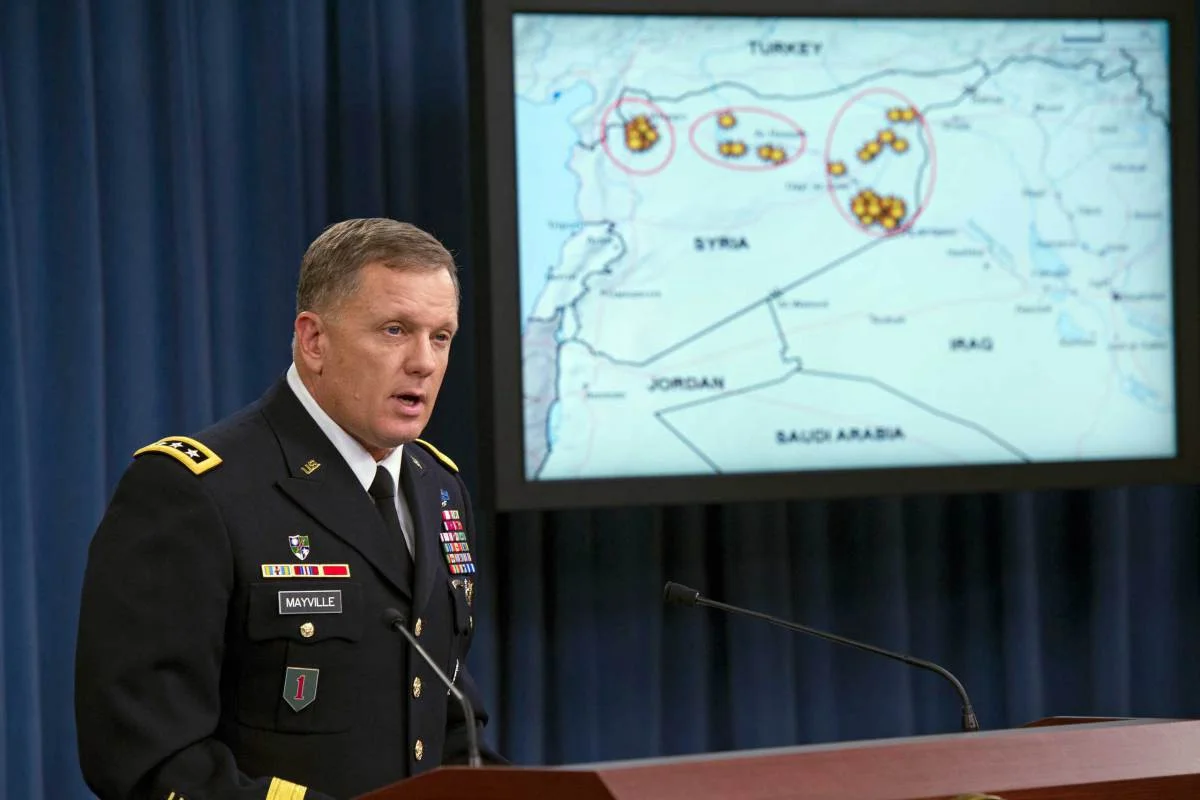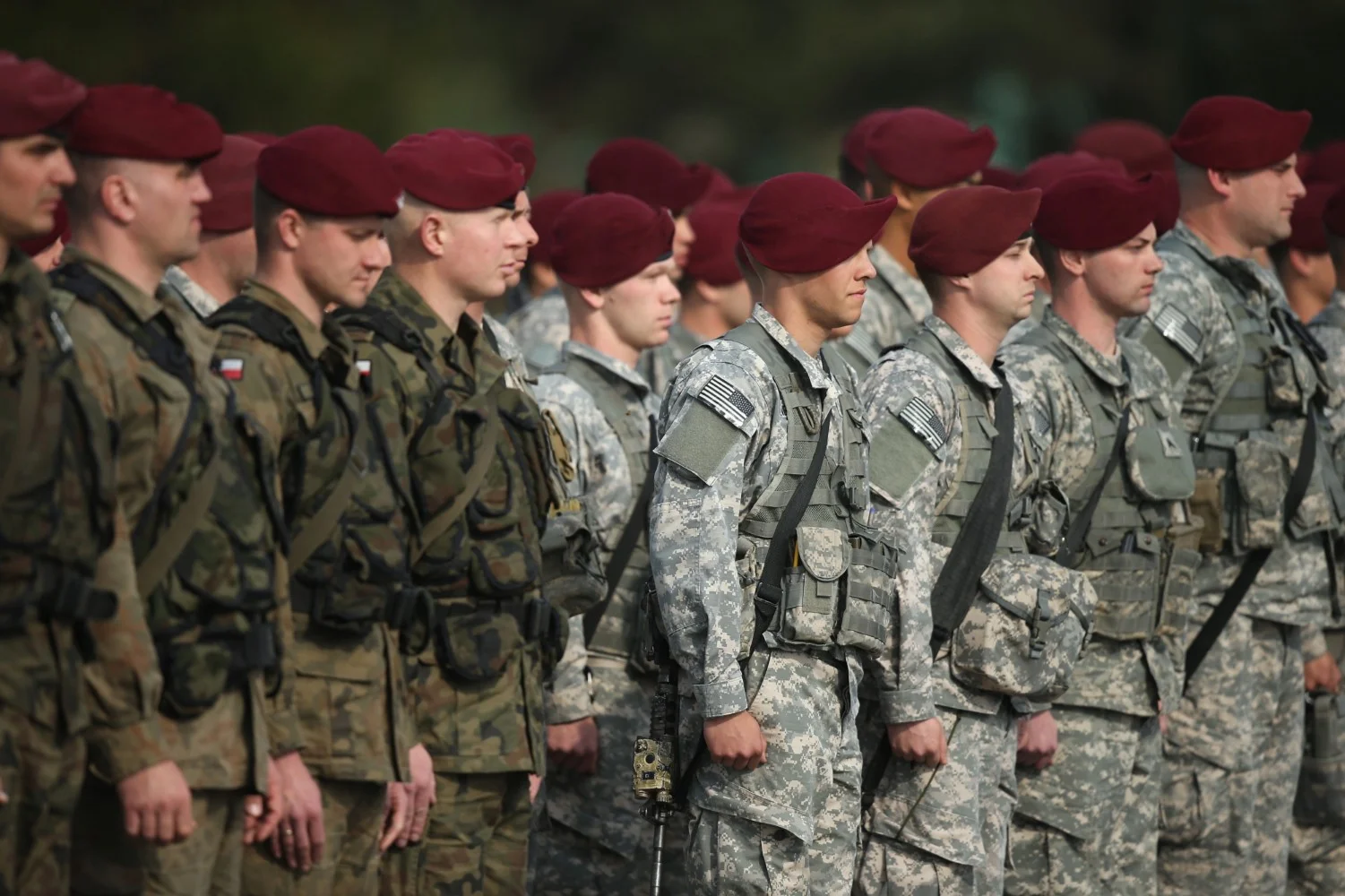If you accept that the other Services are better at navigating the choppy waters “inside the beltway”, then I would submit that it is more than simply an issue of narrative – it is a problem that resides in how the Army develops officers.
#Operating in a (Fiscally) Constrained Environment: Where the Army Operating Concept Misses the Mark
If Air-Land Battle focused on employment of weapons systems (the “Big Five”) to fight and win outnumbered, the current construct, which recently replaced Unified Land Operations, focuses on soldier, leader, and organizational adaptability to win in a complex world. The document in my mind departs from what this concept should do: describe how the army fights in the future.
The Value in Historical Lessons: Continuing the Discussion on the Value of History in War
History is not just for historians. We cannot reserve the use and evaluation of history as a sacred cow only for the academics. Using history as a lens to evaluate our current and future conflicts provides a construct for analysis; as Dr. Davies artfully argued, history provides “valuable context.” More importantly, history illustrates a series of actions and consequences that contemporary planners can utilize to mitigate potential risks to an operation. Based on the historical examples of operations in a given area, the variables of potential courses of action may change. These historical vignettes are valuable at the tactical and strategic levels.
Operationally Effective Talent Management
At the end of the day, we are called to win our nation’s wars, whatever those wars may be – fighting pandemic, halting radical remit, or protecting the homeland. When resources get tighter and organizations get smaller, managing our human capital becomes a critical component of operational effectiveness. It is encouraging to hear Army senior leaders talk about talent management, DOPMA reform, and the human dimension
Already #Operating: The Army #Operating Concept Describes Today, Not Tomorrow
There has been much criticism that there is nothing new in the Army Operating Concept. That is certainly not true, but it is a concern if one sees concepts as oriented on future innovation. I think the Army Operating Concept is more about deliberate adaptation than it is about innovation — that is not necessarily a bad thing, so long as someone is in fact looking beyond 2025 to the force we will need in the future.
Guardians of the Machine: #DEF2014 and the “Machinery of Government”
Richard Burdon Haldane, who chaired the committee that authored the “Machinery of Government,” knew that any initiative cannot be effective if it’s scripted and formulaic. In fact, he suggested that “practical efficacy will depend upon the zeal and discretion… the living forces whose spirit is essential to any form of government that is more than a machine.” For the second year in a row, DEF has proven that it has limitless zeal and discretion, or in this year’s lingua DEF, conviction.
#Operating in Confusion: A Reflection on the Army #Operating Concept
Army #Operating Concept: The Promise and Pitfalls of Partners
In military circles, it’s “building partner capacity”. Inside the DC Beltway, it’s “lead from behind”. But whatever buzz word du jour you use, it’s inevitable that the US Army will rely more on its global partners as Soldiers trickle home after thirteen years of war. It’s one of the key themes in the Army Operating Concept.
Training Soldiers for #Operating: The Army #Operating Concept & Basic Training
#Operating Above & Beyond the Concept: An Email Response
Reflections on the new U.S. Army #Operating Concept: What’s in a Name?
When critiquing high level conceptual documents like the U.S. Army Operating Concept, it’s important to remember what they are and what they are not. They are an attempt to steer already ongoing group conversations into specific directions that the leadership feels are needed to prepare the group for future success. They seek to reinforce or clarify some ideas, discount or refute others, and, most importantly, provide direction on how the organization will address both new challenges and existing unresolved problems. They seek to provide common starting points for the discussion and set the parameters for future debate and exploration.
Finding our Voice: The Narrative in the Army #Operating Concept
Undue Emphasis of the Army #Operating Concept
As part of a joint force, the Army is the singular service that needs the man more than the machine. Had the Army Operating Concept ended with using technology to enhance superior training, it may have been on the mark. But by setting the stage to maintain budgetary pace with the other services, the Army may find itself in 2020 with rooms of gear and no one to use it.
Operationalizing the Army #Operating Concept
The Army #Operating Concept and Allies
Since getting to the strategic win is our goal, allies and partners can bring international legitimacy, basing and access, and the intangible aspect of their own political and strategic influence. This last element derives from any number of sources — history, culture, religion, economy — that might be what we need to achieve our strategic aims. Before now, I would have thought such factors were outside of the purview of the Army Operating Concept.
The Army #Operating Concept’s Global Landpower Network: Challenges and Cautions
Any government document with 65 endnotes and a Thucydides call-out in its first three pages can’t be all bad. The AOC is appropriately wide-ranging, covering the full range of Army missions. This piece will focus narrowly on an AOC concept that is mentioned, but not significantly fleshed out: the global landpower network.
The Army #Operating Concept: An Insider’s Perspective
The recently published 2014 Army Operating Concept (AOC) broadly defines how the Army will operate in the near, mid, and far terms. In a bureaucratic sense, the AOC defines capabilities that are required of an Army that will one day make its way through the JCIDS process. However, from a personal perspective, the AOC represents a challenge. It is a challenge to the warfighters and leaders who have been a part of an Army at war for the past thirteen years. To me, the AOC is a challenge to shape and form the Army and its future leaders and build the foundations of its success in the years to come.
#Operating: Beginning a Discussion on the Army Operating Concept
The new Army Operating Concept (AOC) posted earlier this week received a lot of feedback on social media and in the halls of military installations – which ultimately led to this series, titled “#Operating: A Personal Reflection on the Army Operating Concept,” on The Bridge. This post will kick things off by taking a holistic look at the document; later posts will focus on personal reactions to the document – what it says, what it fails to say, or even particular elements from it that resonate.
An Obligation to Those Who Serve: Criticisms of #Talent Management
This post is another in the #Talent: Thoughts on Talent Management in the Military series.
Previously, I argued that the Army could both get more from the force and improve its position in the labor market by adopting talent management, a human resource system that is premised upon the knowledge, skills and behaviors that make everyone unique. This post examines two common critiques of talent management’s value for the military. However, instead of invalidating talent management, critics’ arguments suggest two important principles for its application: first, the Army must not forget its obligation to the soldier and, second, it must proceed cautiously, carefully considering reform’s impact on the selflessness that characterizes our profession.
In the first critique, critics rightly point out that the obligation between employer and employee is fundamentally different in the civilian job market. For example, private employees need not serve in “bad” jobs and private employers need not develop their employees for better jobs. Talent management, by increasing the information available to employers and employees, could enable employers to hire talent instead of develop talent and employees to look for a different job instead of taking the “bad” job. If talent management necessarily diminished obligation, then adopting it in the military would lead to a force that is less willing to do “bad” jobs and an Army less willing to invest in its force.
In fact, with the right focus, the Army can use talent management to strengthen obligation. For example, since talent management tells members much more information about available jobs, they can see beyond a “bad” location to the benefits of the job itself. Likewise, with more information about the force, assignment officers can facilitate both better training and better assignments. When the Army assigned officers using a talent management tool called Green Pages, officers were 34% more likely to receive their top choice, not because the Army suddenly got rid of “bad” assignments but because, with more information, officers’ choices changed. Therefore, rather than suggest that talent management cannot work in the military, this critique emphasizes that, as it reforms the system, the Army must not forget its obligation to its people.
The second critique directly indicts the emphasis upon uniqueness and individuality that distinguishes talent management from current Army practice. While uniqueness and individuality might fuel success in business, it is fair to be skeptical about their application to a profession with a tradition of selfless service. How, the critic asks, can the Army build a personnel system premised upon individuality when the heroes of Army myth sacrificed without thought for themselves?
To this criticism, there are two responses. First, while myth plays an important role in inspiring the troops, it can also cloud judgment. It does not diminish the sacrifice of Eisenhower/Marshall/Patton to acknowledge that they each had unique contributions to the fight that differed from everyone else. Unless the Army desires a system without difference at all, then it must acknowledge that the goal must not be perfect selflessness, but some selflessness. Talent management simply moves the boundary closer to individuality than its current place in myth.
Still, recognizing that talent management involves adjusting an important boundary suggests a second response; careful calibration and study while applying talent management to the force. In this spirit, the Army has carefully implemented three trials: the Army Green Pages, a new branching model at West Point and the Career Satisfaction Program. All three efforts show no discernible impact on soldiers’ sense of selflessness or obligation.
While critics are right to urge caution in adopting a change of this magnitude, the response to these two concerns suggests that the Army can move towards talent management as long as it remembers its obligations to the soldier and remains conscious of the importance of selflessness to our profession. While further concerns will inevitably manifest, this reform can both unleash an array of productive capabilities and improve the Army’s competitive position against the private sector for America’s best. Most importantly, in an uncertain future, talent management will help the Army get the right person in the right place at the right time.
John Childress is a U.S. Army Strategist. The views expressed belong to the author alone and do not represent the official position of the U.S. Army, the Department of Defense, or the U.S. Government.
Have a response or an idea for your own article? Follow the logo below, and you too can contribute to The Bridge:
Enjoy what you just read? Please help spread the word to new readers by sharing it on social media.
Anatomy of an “Intelligence Failure”
Listen closely and you can hear it. Far off in the distance an angry mob has formed and wants the heads of every intelligence organization across the United States Government on pikes. The stale mantra of “intelligence failure” and “strategic surprise” has returned. This time, the stimulus is the rise of the Islamic State of Iraq and the Levant (ISIL) which then became the Islamic State of Iraq and Syria (ISIS) and is presently called the Islamic State (IS).





















